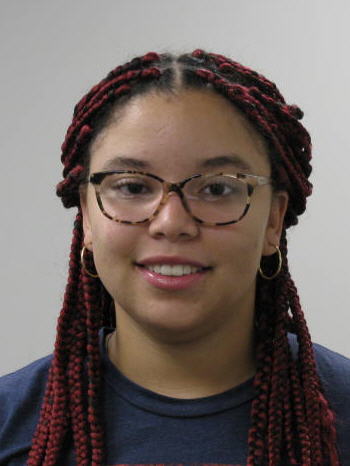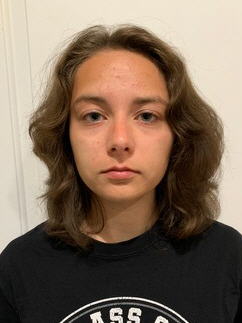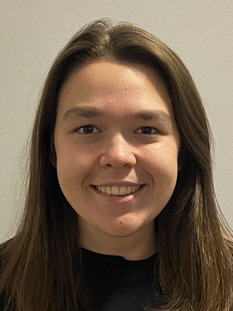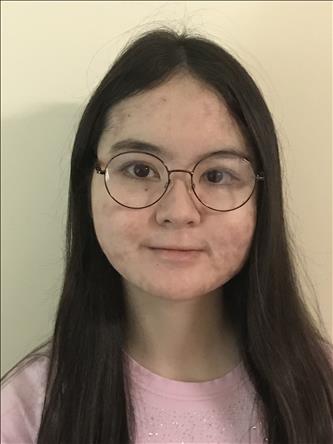Below is a summary of the abstract you submitted. Presenting author(s) is shown in bold.
If any changes need to be made, you can modify the abstract or change the authors.
You can also download a .docx version of this abstract.
If there are any problems, please email Dan at dar78@pitt.edu and he'll take care of them!
This abstract was last modified on March 13, 2023 at 2:49 p.m..
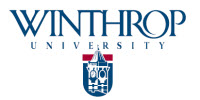
The GENES portion of the SEA program extends our knowledge of phage biology by attempting to characterize the function of each annotated gene within phage genomes. SEA-GENES students at Winthrop University have been investigating mycobacteriophage ExplosioNervosa; an A9 subcluster bacteriophage discovered in Winthrop University’s campus soil. ExplosioNervosa has 96 putative genes of which only 36 are predicted to have a known function. Using molecular cloning protocols, students isolated and amplified each of ExplosioNervosa’s genes. Gel electrophoresis confirmed that the correct amplicon size was generated. The amplicons were then individually assembled into a pExTra plasmid in preparation for transformation into Escherichia coli. Resulting colonies were clone verified to ensure that the pExTra plasmids contained the gene insert of interest. Plasmid DNA was extracted, and an additional procedure in the workflow will sequence verify every cloned gene. The next step is to perform a cytotoxicity assay, the results of which will be presented here. The cytotoxicity assay is a technique that allows for the visualization of how the expression of each of ExplosioNervosa’s genes affects the growth of its host bacterial cell, Mycobacterium smegmatis. A phage gene product that causes a host phenotypic change warrants further investigation to help reveal its function in phage biology. These are initial steps towards increasing our knowledge of the dynamic, and ancient, relationship between bacteriophages and their bacterial hosts.




